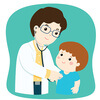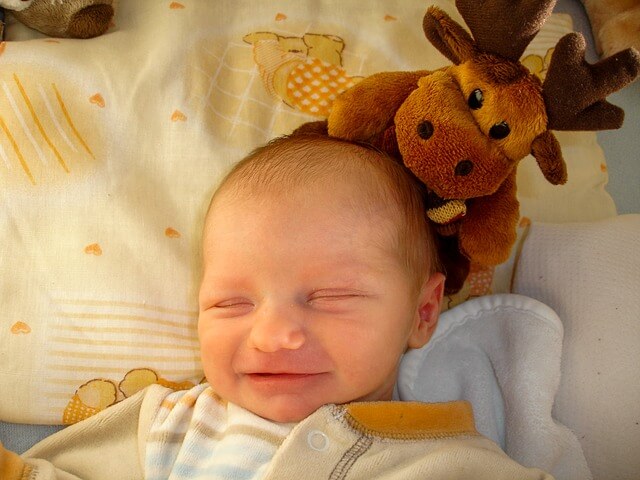Neonatal period is a period of great delicacy and concern to the newborn as well as the parents. A baby born after 9 months of preparation and hope, becomes the center of attention of the entire family. Even normal behaviors of newborn may seem strange to the parents, as often the physiology and phenomenon of the infants are unknown to many parents.
In this sensitive period, newborn might acquire an illness and parents should know the danger signs that an ill neonate may show. Early detection is very important as delay can compromise the outcome in the baby.
Danger signs listed by WHO – IMCI (0 to 2 months)
Possible serious Bacterial infections
1. Convulsions: They may show sublte signs like uprolling of eyes, paddling movement of limbs (involuntary), vancant staring, sudden bluish discoloration with cessation of respiration, head drops, sucking like movement and flickering of eyes.
Convulsion may be a sign of hypoglycemia, meningitis, sepsis or bleeding inside the cranium.
2. Fast breathing: More than 60 breaths per minute is the cut off point for fast breathing (tachypnea) in < 2 months baby. Fast breathing is seen in Pneumonia, Sepsis and metabolic acidosis.
3. Severe chest indrawing: Indrawing of the lower chest and upper abdomen during respiration is a sign of respiratory problem most commonly Pneumonia and Metabolic acidosis.
4. Nasal flaring: It is a sign of respiratory difficulty.
5. Grunting: It is a sound produced during breathing and is typically seen in lower respiratory tract infections including pneumonia.
6. Bulging Anterior frontanel: Frontanels are the open areas on the cranium covered only by skin and soft tissue. It is present in anterior portion of scalp as well as posterior. Bulging and tight anterior frontanel is a danger sign and may indicate meningitis, or intracranial bleed in a sick infant.
7. Skin pustules: 10 or more skin pustules over the body or a single boil 1 cm, indicates need of medical attention.
8. Fever and hypothemia: Fever is less common in infants even when they have infection. They are more likely to develop hypothermia (cold clammy temperature). It may be a sign of hypoglycemia, sepsis or shock.
9. Lethargic or unconscious
10. Less activity than normal
3 signs of Local Bacterial infection
1. Umbilical redness or draining pus
2. Pus discharge from ears
3. Less than 10 skin pustules.
One very remarkable sign that both the parents and doctors have noticed in a sick infant is – poor sucking of breast milk or cessation to feed on breast milk. Sometimes they may get irritable and difficult to console with excessive crying and recurrent vomiting.
Know these signs and be an Informed and Responsible parent.

MD Pediatrics and Fellowship Neonatology, he chooses to stay anonymous. He often writes his views online as well as share few important topics for medical students, doctors and specially parents. He does research in pediatrics.
